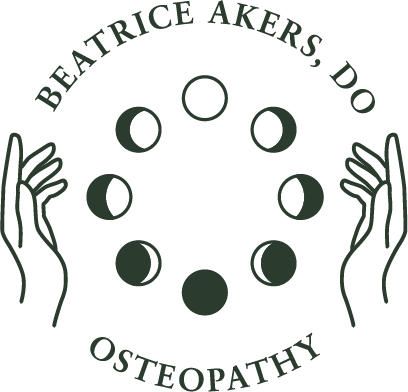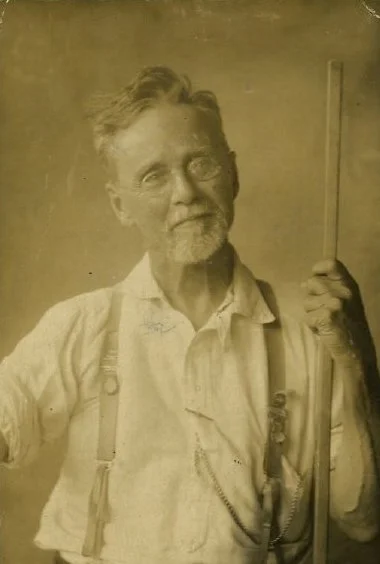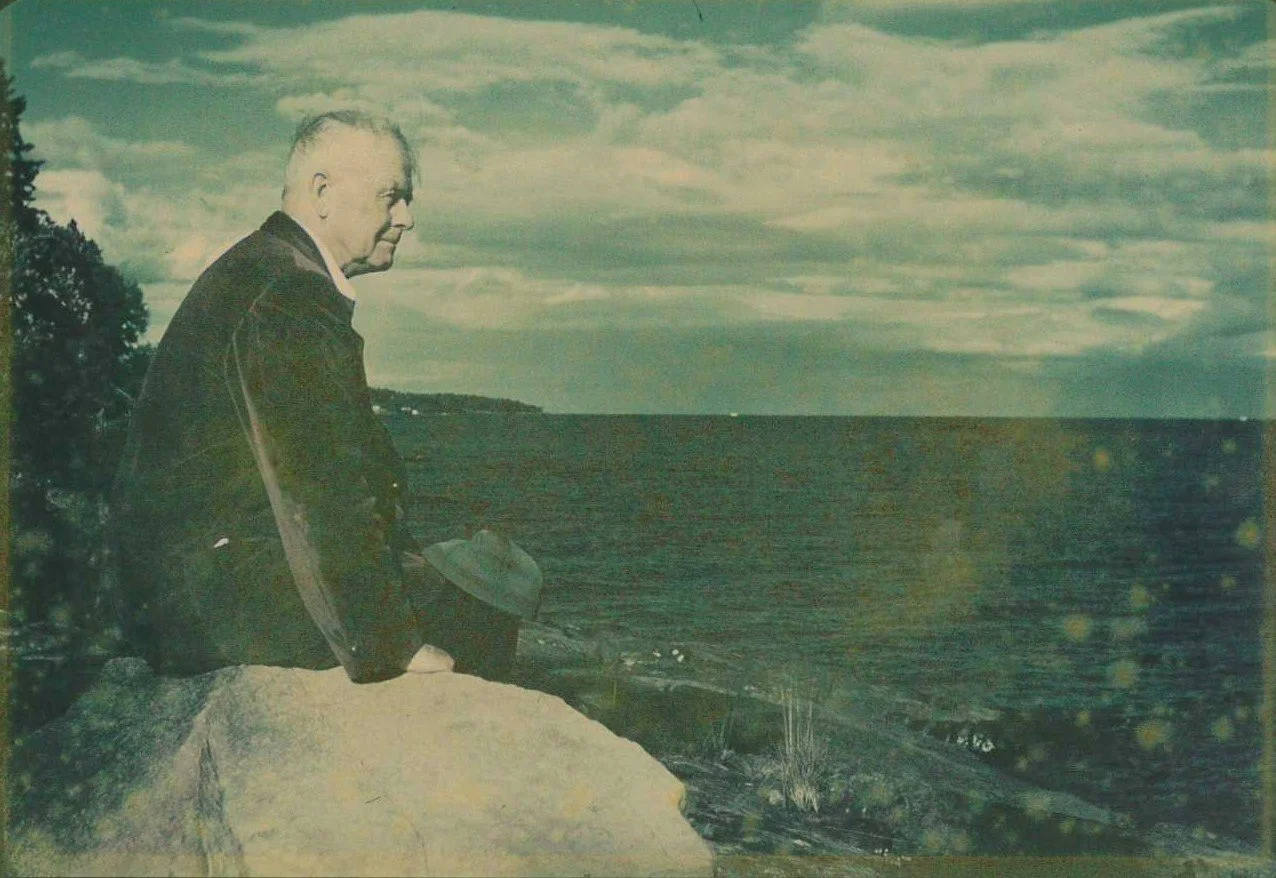Osteopathy: Principles & Approach
In the United States, there are two distinct groups of fully licensed physicians and surgeons; Allopathic medical doctors (MDs) and doctors of Osteopathic medicine (DOs). Both lineages require an undergraduate degree, four years of medical training and an additional 3+ years of post-graduate medical training (residency). Osteopathic medicine is distinguished from allopathic medicine by its unique set of foundational tenets, as well as additional hands-on training in a manual medicine practice called Osteopathic manipulative treatment (OMT) or Osteopathic manipulative medicine (OMM). While all DOs spend a minimum of 200 hours learning OMM, Dr. Akers, completed an additional year of fellowship training on OMM, as well as hundreds of hours of supplemental courses to expand her skills.
OMT is a gentle, hands on treatment that evaluates for areas of motion and restriction in the body, and then works to optimize motion and function of those areas. Patients at all stages of life, from newborns to people near the end of life, can benefit from Osteopathic treatment and Osteopathic care. It can be helpful for a wide range of conditions and situations; for more on this, please see FAQs.
Osteopathic Tenets:
A person is a unity of Body, Mind, and Spirit.
You are an integrated whole; no part of you can change without changing the whole of you. Osteopathy holds this truth at its core, rather than breaking the body into separate parts. This unity can be considered a definition of Health, in which all functions of the body are synchronized, coherent, and fully expressed.
The body is capable of self-regulation, self-healing, and health maintenance.
Osteopathy recognizes that any healing ultimately comes from within; the role of the physician is to facilitate the patient’s own self-healing abilities, not to attempt to “fix” things. Your body is wise and beautifully complex. Osteopathic treatment is oriented toward utilizing, supporting and helping to restore the patient’s own self-regulation.
Structure and Function are reciprocally interrelated.
Osteopathy is based upon a thorough knowledge of anatomy (structure) and physiology (function). This understanding of the relationship between structure and function applies at the levels of the molecular, cellular, tissue and gross anatomy. Osteopathic medicine applies this knowledge of structure and function in both the evaluation of tissue function and the practice of osteopathic manipulative medicine (OMM).
Rational treatment is based upon an understanding of above three principles.
Whenever and however treatment facilitates the patient’s inherent vitality and health, this is, by definition, the practice of osteopathic medicine. Osteopathic principles are universal and provide a framework for the practice of all of medicine. The practice of hands-on treatment applies osteopathic principles in a direct, specific and unique way that utilizes structural-based treatment to relieve suffering and enhance healthy function.
Osteopathy: HIstory
Osteopathy, or Osteopathic Medicine, is a complete system of medicine that acknowledges the wisdom and complexity of the human body. The founder of Osteopathy was an American physician named Dr. Andrew Taylor Still. Dr. Still was an abolitionist and allopathic physician practicing in territories that are now Missouri and Kansas. He trained as an allopathic (MD) physician at a time when standard medical care included blood-letting and purgatives. After the death of multiple family members from meningitis, Dr. Still was compelled to seek different healing approaches, looking inward to the body’s own means of healing and growth. It is known that Dr. Still lived near and studied alongside healers from the Cherokee, the Pawnee, the Shawnee and the Pottawattamie peoples, many of whom had been displaced to the Missouri and Kansas areas by US policies. It is now recognized that Osteopathy was likely greatly influenced by Indigenous American healing traditions, and I believe it is important to tell this story to work to decolonize Osteopathy. Additionally, I believe it is important to note that while Dr. Still was progressive in his era, as an abolitionist and allowed women to study Osteopathy at a time that they were excluded from allopathic medical training, it is also known that he studied anatomy with bodies of deceased indigenous people, which were likely removed from burial sites without consent from the individuals or their communities.
Many of my patients ask why they have never heard of Osteopathy, especially in California where integrative medicine is often sought out. In the 1960s the allopathic (MD) and osteopathic (DO) professions were forced to merge, and DOs were encouraged to pay a fee to change their licensure to become MDs. A group of dedicated Osteopathic physicians fought for the preservation of the profession, and eventually the law was overturned by the California Supreme Court. Today there are increasing pressures to again merge the professions, which is part of why I am dedicated to teaching Osteopathic principles and practice to the next generation of DOs.
Cranial Osteopathy
Cranial osteopathic manipulative medicine, or Cranial Osteopathy, is one of the many modalities used by osteopathic physicians. Dr. William G. Sutherland developed the unique science of cranial osteopathy in the early 1900s. Dr. Sutherland was a student of Dr. Still, and spent years of studying subtle movement of the body. He developed what he called “Osteopathy in the Cranial Field”, which was originally named for movement within the head or cranium, but ultimately came to be recognized throughout the body. While trained in many osteopathic modalities, Dr. Akers applies the principles and approach of cranial osteopathy at the core of her practice.
To learn more about Cranial Osteopathy, please visit the Osteopathic Cranial Academy.



